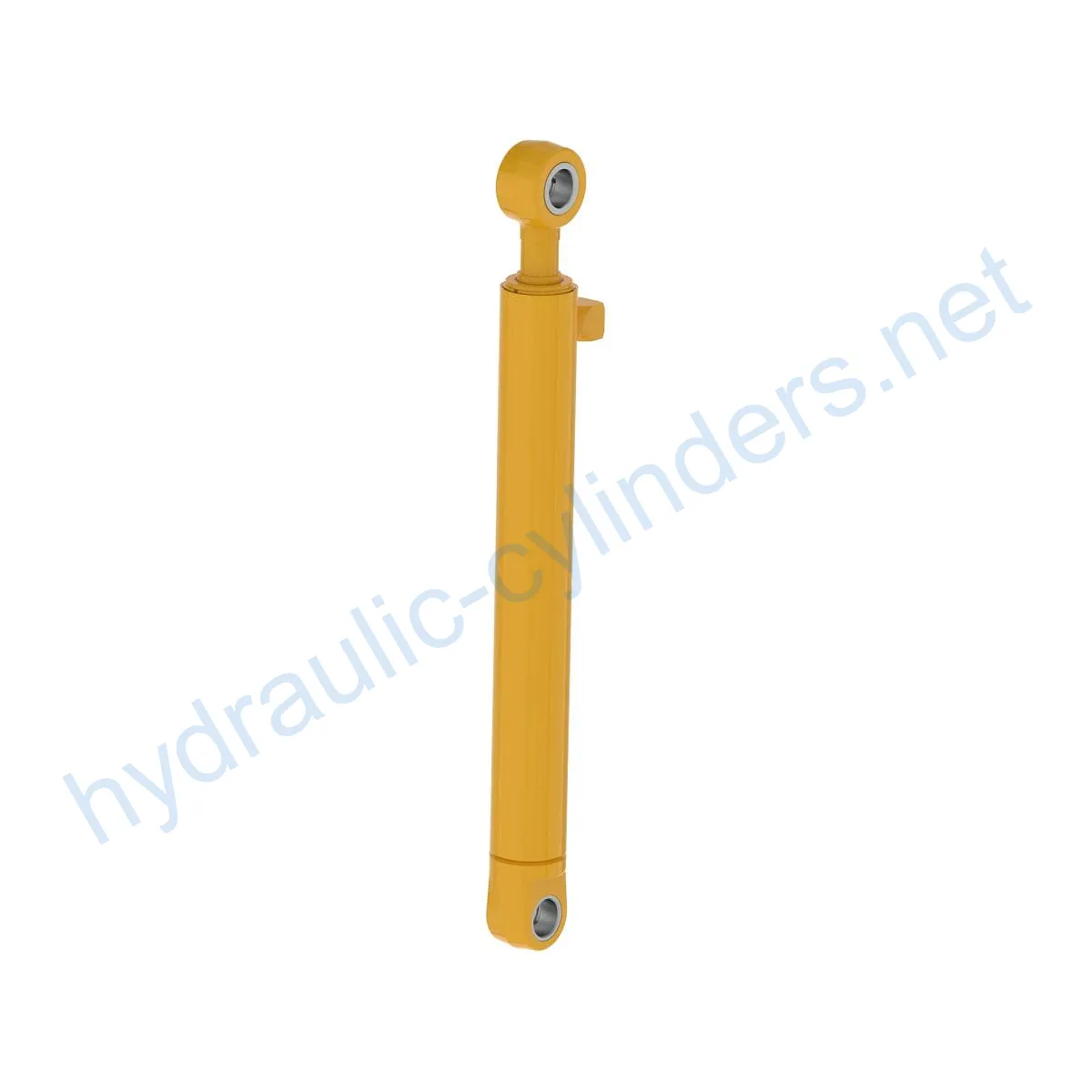Replacement Of AHC14245 Hydraulic Cylinder
Yhtenä hydraulisylinterien valmistajista, toimittajista ja mekaanisten tuotteiden viejistä tarjoamme hydraulisylintereitä ja monia muita tuotteita.
Ota yhteyttä meihin saadaksesi lisätietoja.
Posti:sales@hydraulic-cylinders.net
Valmistaja toimittaja viejä hydraulisylinterit.
Replacement Of AHC14245 Hydraulic Cylinder
Product Definition
The Replacement Of AHC14245 Hydraulic Cylinder is a hydraulic component used in various equipment. Its main function is to provide mechanical force and power by converting hydraulic energy into linear motion.
Specifications and Models
Specifications:
- Weight: 45.98 lb
- Height: 5.5 in
- Width: 8.1 in
- Length: 35.4 in
Models:
- 624 P
- 624K
- 624K-II
Product Features
-
Improved Equipment Performance
Replacing damaged or worn hydraulic cylinders can restore the normal operational capabilities of equipment, ensuring performance in various applications.
-
Enhanced Safety
Regularly replacing hydraulic cylinders reduces safety hazards caused by cylinder failures, ensuring the safety of operators and equipment.
-
Overload Protection
New cylinder designs often incorporate better overload protection mechanisms, enhancing safety.
-
Quick Installation
Modern hydraulic cylinders are designed for easy installation and replacement, reducing downtime.
-
Standardized Components
Many hydraulic cylinders are standardized, making it easier to obtain replacement parts from the market.
Applications
-
Excavators
In excavators, hydraulic cylinders in the boom or bucket may get damaged or worn out due to prolonged use or overloading, requiring replacement to restore normal operation.
-
Cranes
The hydraulic cylinders in crane jibs are prone to wear during frequent lifting and lowering, necessitating regular replacements to ensure safety.
-
Tractors
The hydraulic cylinders in front-end loaders of tractors may develop leaks or performance declines due to continuous lifting and tilting operations, requiring replacement.
-
Harvesters
During the harvesting process, hydraulic systems endure high pressures, and cylinders may get damaged due to fatigue, requiring timely replacements to maintain work efficiency.
-
Automated Production Lines
Hydraulic cylinders are used to control robotic arms and other automated equipment in production lines. Cylinder failures can adversely affect production efficiency and should be replaced immediately.
-
Die Casting Machines
Under high pressure and temperature environments, hydraulic cylinders in die casting machines can experience performance declines. Regular replacements ensure product quality.
-
Mining Equipment
Hydraulic cylinders are used for lifting and moving heavy loads in mining equipment. Due to harsh working conditions, regular inspections and replacements are necessary to avoid equipment failures.
-
Bulldozers
Worn hydraulic cylinders on bulldozer blades can lead to decreased pushing capacity, requiring timely replacements to maintain operational efficiency.
Maintenance and Care
-
Regular Inspections
Periodically inspect the hydraulic cylinder for any signs of damage, leaks, or wear. Address any issues promptly to avoid further complications.
-
Proper Lubrication
Ensure the hydraulic cylinder is adequately lubricated with the appropriate hydraulic oil to reduce friction and extend its lifespan.
-
Seal Replacement
Replace worn or damaged seals to prevent leaks and maintain optimal performance of the hydraulic cylinder.
-
Calibration Checks
Periodically check and calibrate the hydraulic cylinder to ensure precise operation and alignment with other components.
Safety Considerations and Environmental Factors
When using hydraulic cylinders, it is crucial to follow safety measures to protect personnel and equipment. Adequate training and adherence to safety guidelines are essential to prevent accidents and injuries. Additionally, it is important to consider environmental factors such as proper disposal of used hydraulic components to minimize environmental impact.
Troubleshooting and Common Issues
-
Cylinder Leakage
If the hydraulic cylinder is experiencing leakage, check the seals and replace them if necessary. Ensure proper installation and alignment of the cylinder to prevent leaks.
-
Insufficient Power
If the hydraulic cylinder lacks power, check the hydraulic system for any restrictions or blockages. Inspect the pump and valves for proper functioning.
-
Abnormal Noise
If the hydraulic cylinder produces unusual noise, inspect the system for loose or damaged components. Check for proper lubrication and tighten any loose connections.
-
Slow Operation
If the hydraulic cylinder operates slowly, check the system for low hydraulic fluid levels or clogged filters. Address any issues to ensure smooth operation.
-
Erratic Movement
If the hydraulic cylinder exhibits erratic movement, inspect the control valves and check for any malfunctions. Adjust or replace components as necessary.
Maintenance Tips and Preventive Measures
To effectively diagnose and resolve issues with hydraulic cylinders, consider the following tips:
- Regularly inspect the hydraulic system for any signs of wear, leaks, or damage.
- Follow recommended maintenance procedures, including lubrication and seal replacements.
- Provide proper training to operators on the correct usage and handling of the hydraulic cylinders.
- Implement preventive maintenance schedules to minimize potential problems and extend the lifespan of the cylinders.

Design Considerations and Selection Criteria
When selecting hydraulic cylinders, the following factors should be considered:
-
Load-bearing Capacity
Tutustu VR-tehtaaseemme:
Tutustu VR-tehtaaseemme seuraavalla kierroksella
Hydraulisylinteri Sovellus:


